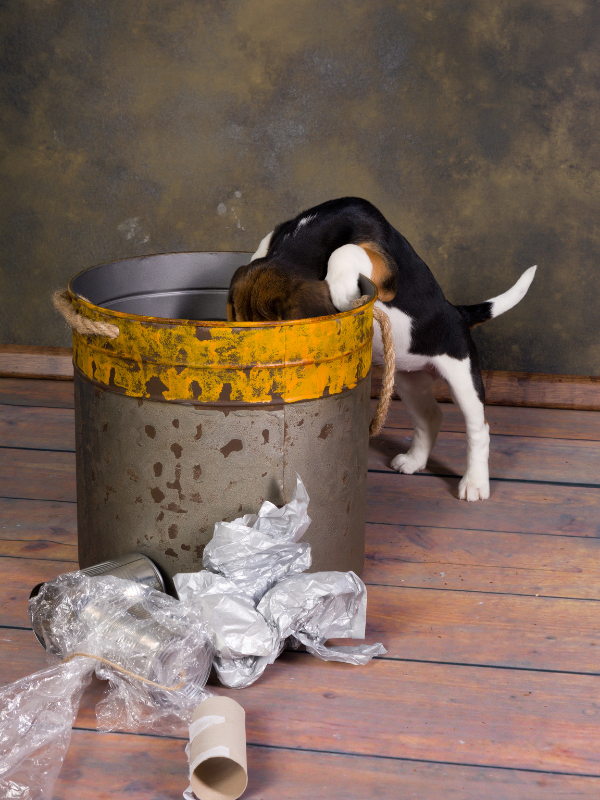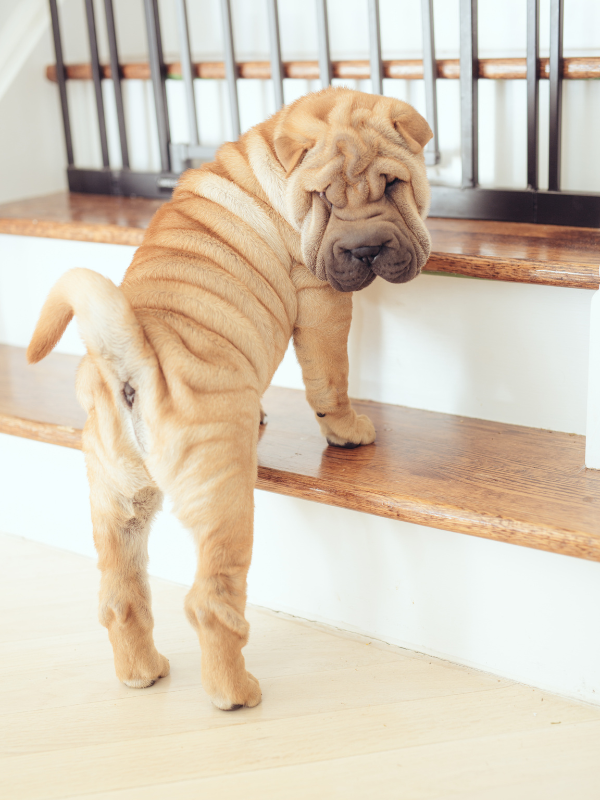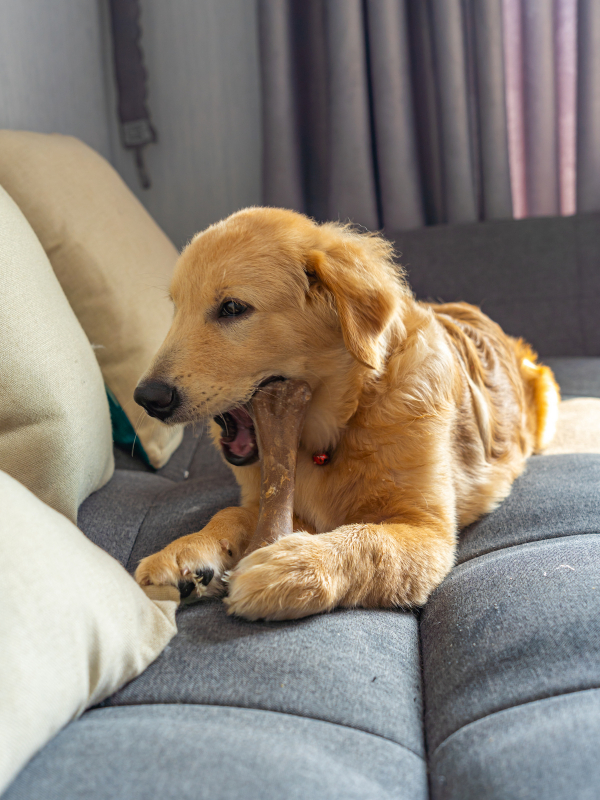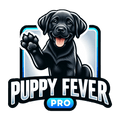737-215-3211

The Ultimate Guide to Puppy-Proofing Your Home: Tips and Tricks for New Pet Owners

As a new pet owner, ensuring your puppy's safety is a top priority. Puppy-proofing your home is an essential step in setting up a safe and comfortable environment for your furry friend. In this ultimate guide, we'll provide tips and tricks for puppy-proofing your home, room-by-room, and essential puppy-proofing items to create a puppy-safe haven. We'll also share training techniques and ongoing maintenance to keep your furry friend safe and happy.
Basic Puppy-Proofing Principles
Anticipating common puppy behaviors is the first step in puppy-proofing your home. Puppies are curious and energetic, so it's essential to have a mindset that matches theirs. Keep in mind that your puppy will chew, dig, and explore their new surroundings, so it's essential to provide them with a safe and secure environment.
Room-by-Room Puppy-Proofing Tips
Living Room:
- Protecting your furniture: Covering your furniture with chew-resistant covers or bitter-tasting sprays can discourage your puppy from chewing on them.
- Managing electrical cords and outlets: Keep electrical cords and outlets out of reach or cover them with chew-resistant covers.
Kitchen:
- Securing cabinets and trash cans: Use baby locks to secure your cabinets and invest in a lidded trash can to prevent your puppy from accessing dangerous items.
- Keeping dangerous foods and chemicals out of reach: Store food and cleaning supplies in high cabinets or out of reach of your puppy.
Bedroom:
- Storing personal items safely: Keep your personal items, such as shoes, jewelry, and clothes, out of reach.
- Choosing pet-friendly bedding: Use pet-friendly bedding that is chew-resistant and comfortable for your furry friend.
Bathroom:
- Ensuring proper sanitation: Keep your toilet lid closed, store cleaning supplies in secure cabinets, and dispose of waste properly.
- Storing medications and cleaning supplies securely: Store medications and cleaning supplies in secure cabinets out of reach of your puppy.
Outdoor Spaces:
- Fencing and barriers: Install a fence around your yard or use a leash to prevent your puppy from running away or accessing dangerous areas.
- Identifying potential hazards in the yard: Remove any toxic plants, sharp objects, or debris that could harm your puppy.
Puppy-Proofing Essentials

Investing in essential puppy-proofing items can create a puppy-safe haven. Baby gates and playpens provide a safe and secure area for your puppy to play and rest. Chew-resistant cords and covers can protect your furniture and electrical items. Bitter-tasting sprays can discourage your puppy from chewing on furniture. Crate training and safe confinement can also provide a safe and secure area for your puppy when you're not at home.
Creating a Puppy-Safe Haven
Designating a specific area for your puppy can provide a sense of security and comfort. Providing a comfortable bed, toys, and enrichment can keep your puppy entertained and happy. A designated area can also help establish boundaries and routines for your puppy.
Training Tips to Reinforce Safety
Teaching your puppy basic commands, such as "stay," "come," and "leave it," can reinforce safety and boundaries. Establishing routines and boundaries can also help prevent accidents and unwanted behavior. Positive reinforcement and redirection techniques can encourage good behavior and discourage bad behavior.
VII. Ongoing Puppy-Proofing Maintenance

Puppy-proofing your home is an ongoing process. As your puppy grows and develops, their behavior and needs will change. It's essential to periodically re-evaluate your home's safety measures to ensure that your furry friend remains safe and secure. You may need to update or modify your puppy-proofing items, such as removing baby gates or upgrading chew-resistant covers.
VIII. Conclusion
Puppy-proofing your home is an essential step in creating a safe and loving environment for your new furry family member. Anticipating common puppy behaviors, room-by-room puppy-proofing tips, essential puppy-proofing items, creating a puppy-safe haven, training techniques, and ongoing maintenance are all essential in keeping your puppy safe and happy. Remember, continuous improvement is key to ensuring your furry friend's safety and happiness. By following the tips and tricks outlined in this ultimate guide, you can create a puppy-proofed home that your furry friend will love.
FAQs:
Q: Do I need to puppy-proof my home if I already have an adult dog?
A: Yes, it's essential to puppy-proof your home, even if you already have an adult dog. Puppies have different behaviors and needs than adult dogs, and they require different safety measures.
Q: What are some common household items that are dangerous for puppies?
A: Common household items that can be dangerous for puppies include cleaning supplies, medications, electrical cords, and foods such as chocolate, grapes, and onions.
Q: How can I teach my puppy to stop chewing on furniture?
A: Bitter-tasting sprays can help discourage your puppy from chewing on furniture. Providing chew toys and training your puppy to redirect their chewing behavior can also help.
Q: Do I need to use a crate to puppy-proof my home?
A: No, you don't need to use a crate to puppy-proof your home, but crate training can provide a safe and secure area for your puppy when you're not at home.
Q: How often should I re-evaluate my home's safety measures?
A: It's a good idea to periodically re-evaluate your home's safety measures as your puppy grows and develops. It's recommended to re-evaluate your safety measures every six months to a year.


Leave a comment